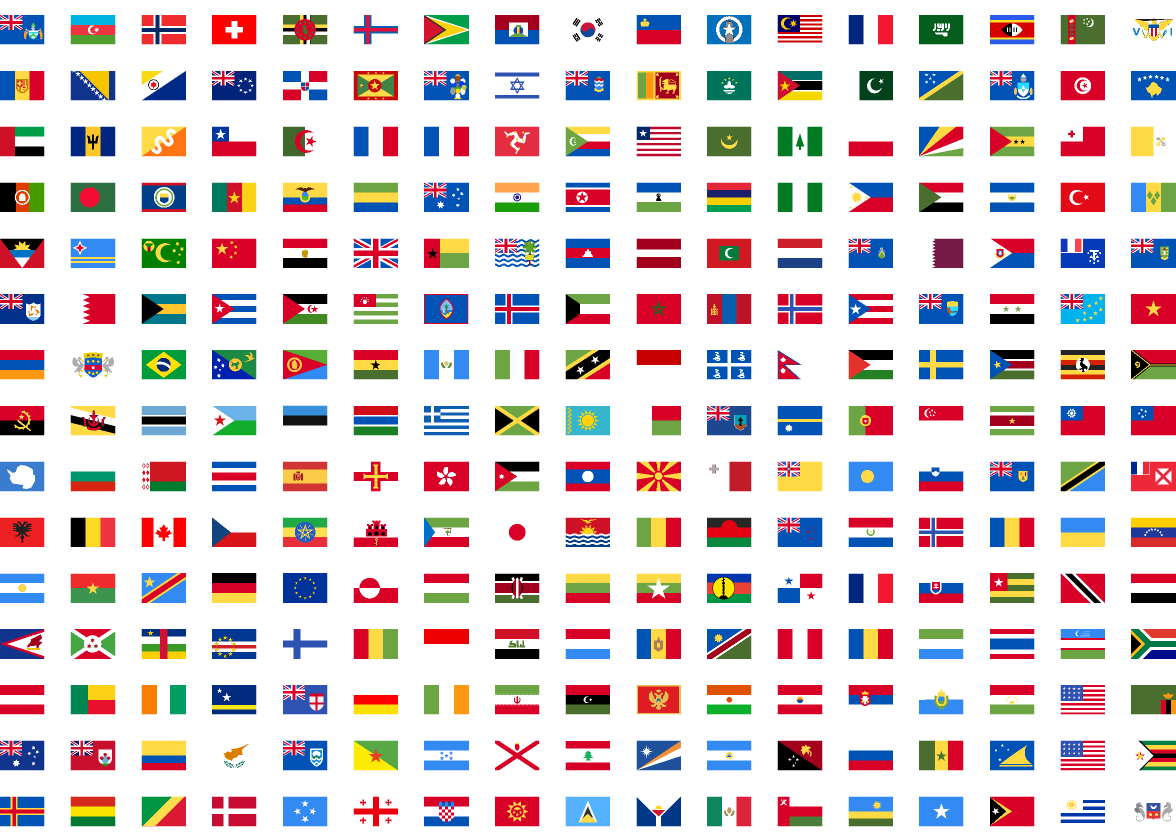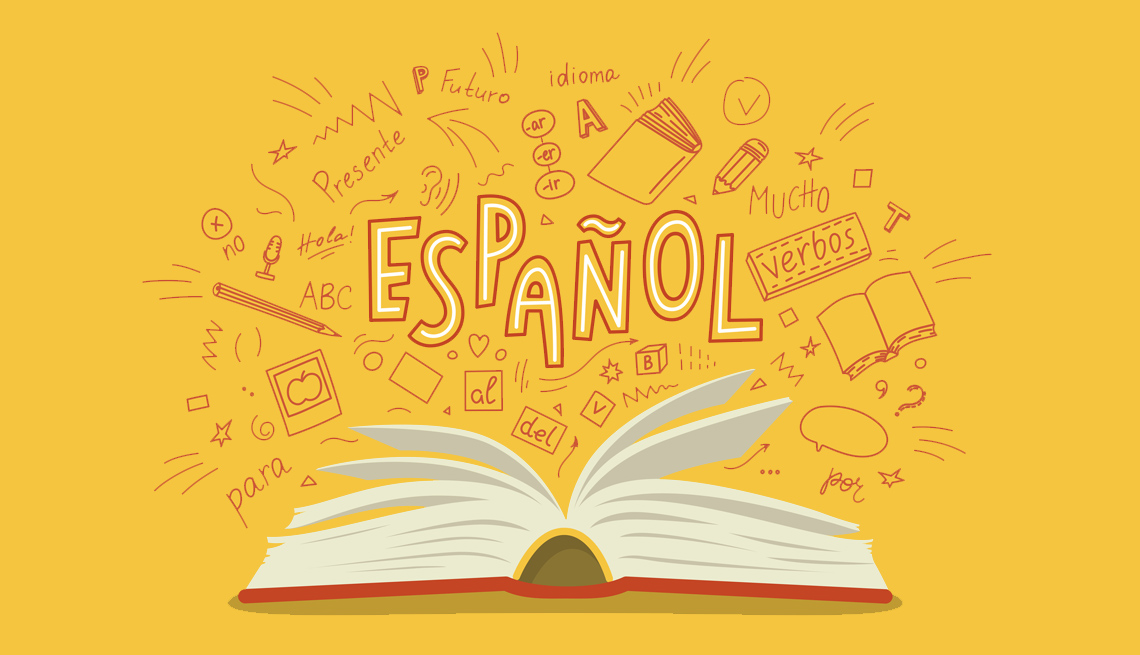Every language is like an island in the ocean, with its own landscapes and linguistic treasures to discover. Exploring the different languages and the challenges they present, we wonder: ¿which one is the easiest for our interpreters?
Imagine for a moment that you’re at an international conference, surrounded by delegates from around the world, each one talking in their own language. The task of ensuring smooth communication among these diverse groups falls on the shoulders of interpreters, those silent heroes who work behind the scenes. But not all languages are created equal when it comes to interpretation; each one has its own challenges and peculiarities.

Let’s start with English, the language of business and diplomacy. At first, it may seem relatively simple to translate, with its straightforward grammar and widely used vocabulary. However, English is a language full of nuances and connotations that can be difficult to capture in other languages. Colloquialisms and wordplay can be a real headache for translators, who must find precise equivalents in the target language without losing the original meaning.
Then we have languages like French and Italian, known for their elegance and sophistication. These languages are like a delicate dance, with a richness of expressions and idiomatic turns that can pose quite a challenge to translate. Interpreters must be skilled not only in literal translation but also in capturing the essence and tone of the original language to faithfully convey its beauty and subtlety.
We can’t forget about Asian languages, such as Chinese, Japanese, or Korean, which present unique challenges due to their complex writing systems and distinct grammatical structures. Translating these languages requires a deep understanding of the culture and local customs, as well as a meticulous comprehension of linguistic nuances.
And then there’s what most interpreters consider the easiest language to translate: Spanish. Known for its clarity and simplicity, words in Spanish are pronounced as they are written, making translation more straightforward and accessible for speakers of other languages. However, Spanish also has its own challenges, such as different regional dialects and variations in vocabulary that can vary by country.
Why is Spanish the perfect ally for translation? Well, for starters, its structure is like a clear and direct map: what you see is what you get. Is the word “casa” (house)? Well, it’s a “casa” (house)! No puzzles or linguistic mazes to solve. This transparency allows translators to maneuver with dexterity, without getting lost in a tangle of ambiguities.
But that’s not all. Pronunciation in Spanish is like a familiar melody, where each word is intoned with precision and clarity. While some stumble over phonetics in other languages, Spanish translators move forward confidently on familiar ground.
But the true magic of Spanish lies in its expressive richness. From the subtlety of its nuances to the beauty of its metaphors, Spanish invites translators to dive into an ocean of creativity and originality. Each word is a brushstroke on the canvas of communication, where translators can unleash their ingenuity and talent.

So the next time you find yourself immersed in the chaos of simultaneous translation, remember this: Spanish is not just a language, it’s a reliable travel companion for any translator seeking clarity and precision in the art of simultaneous translation. And above all, take a moment to appreciate the incredible diversity and richness of the languages that surround us.
If you’re organizing an event with international attendees, whether in person or virtually, and you want to reach a broader audience, contact us at produccion@abalingua.com / clients@abalingua.com. EWe’ll be happy to help you manage your multilingual event.




